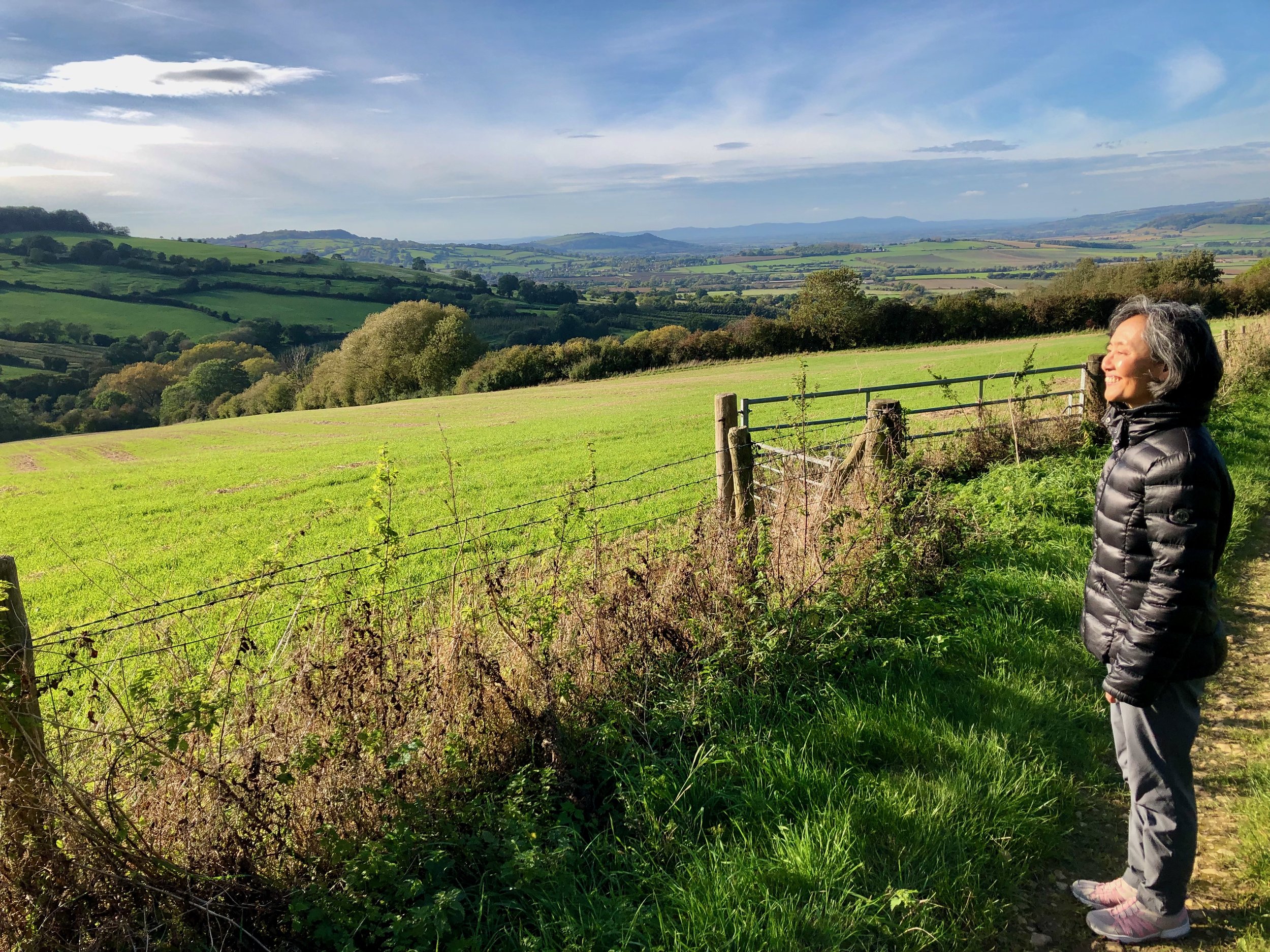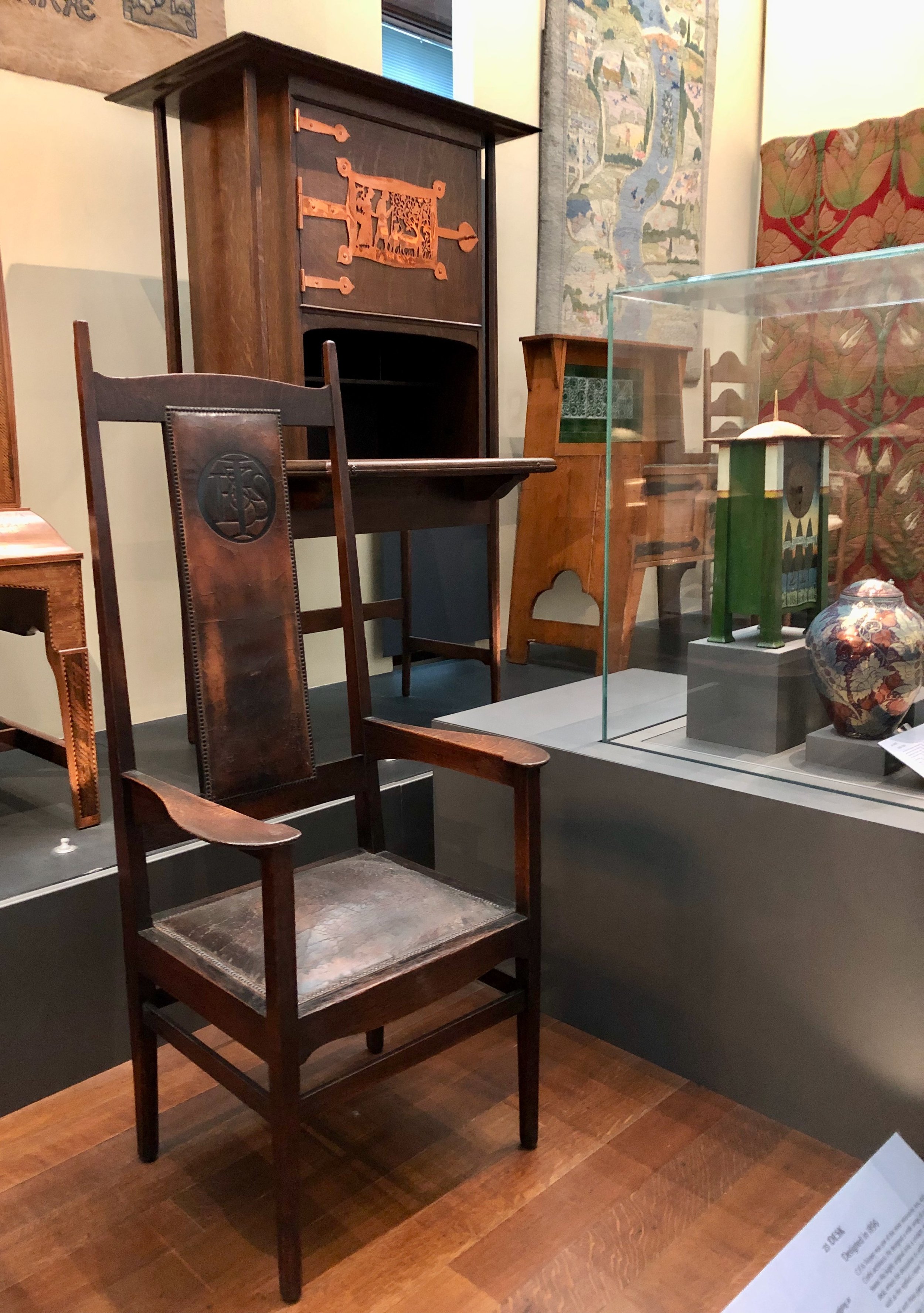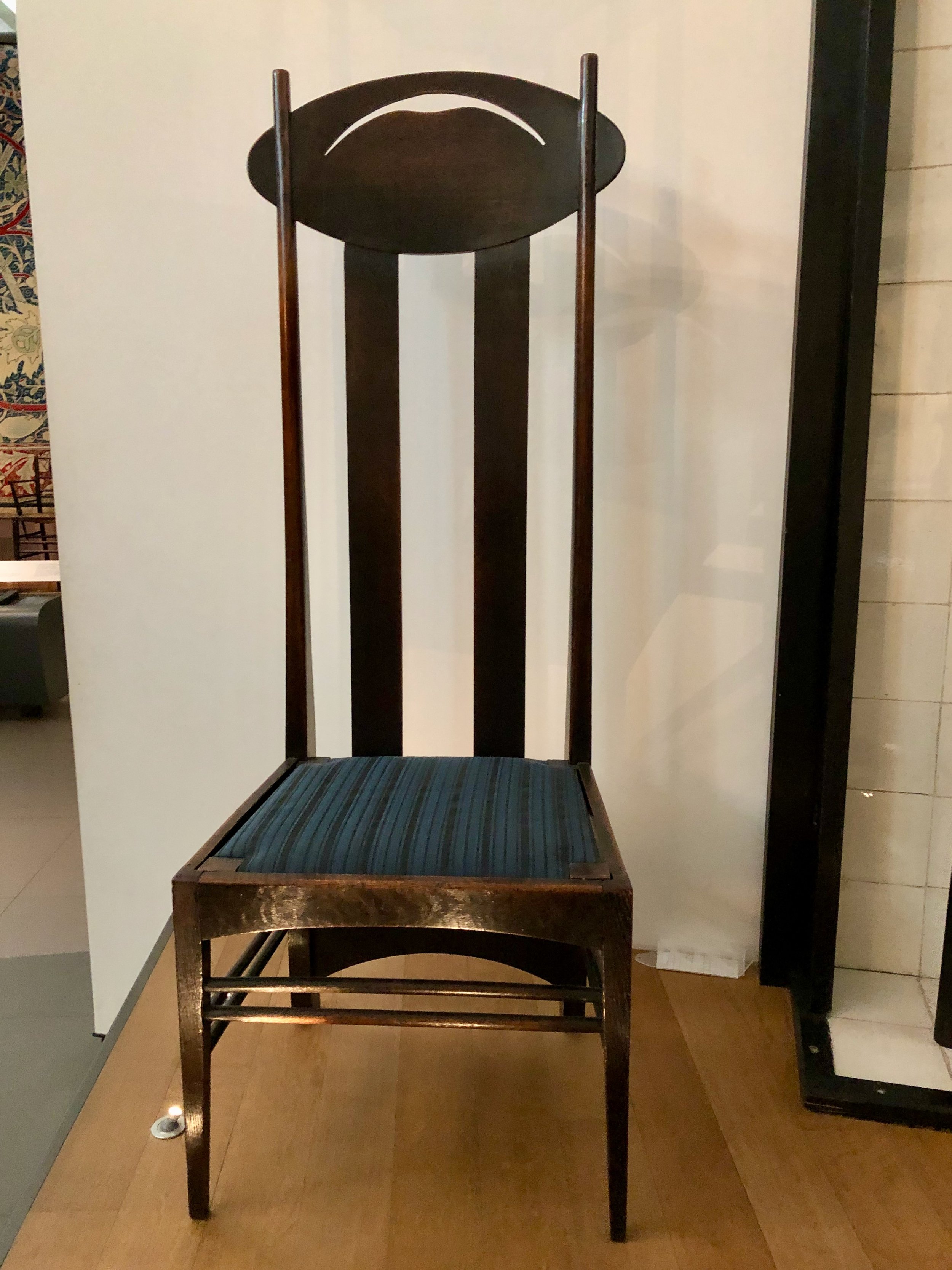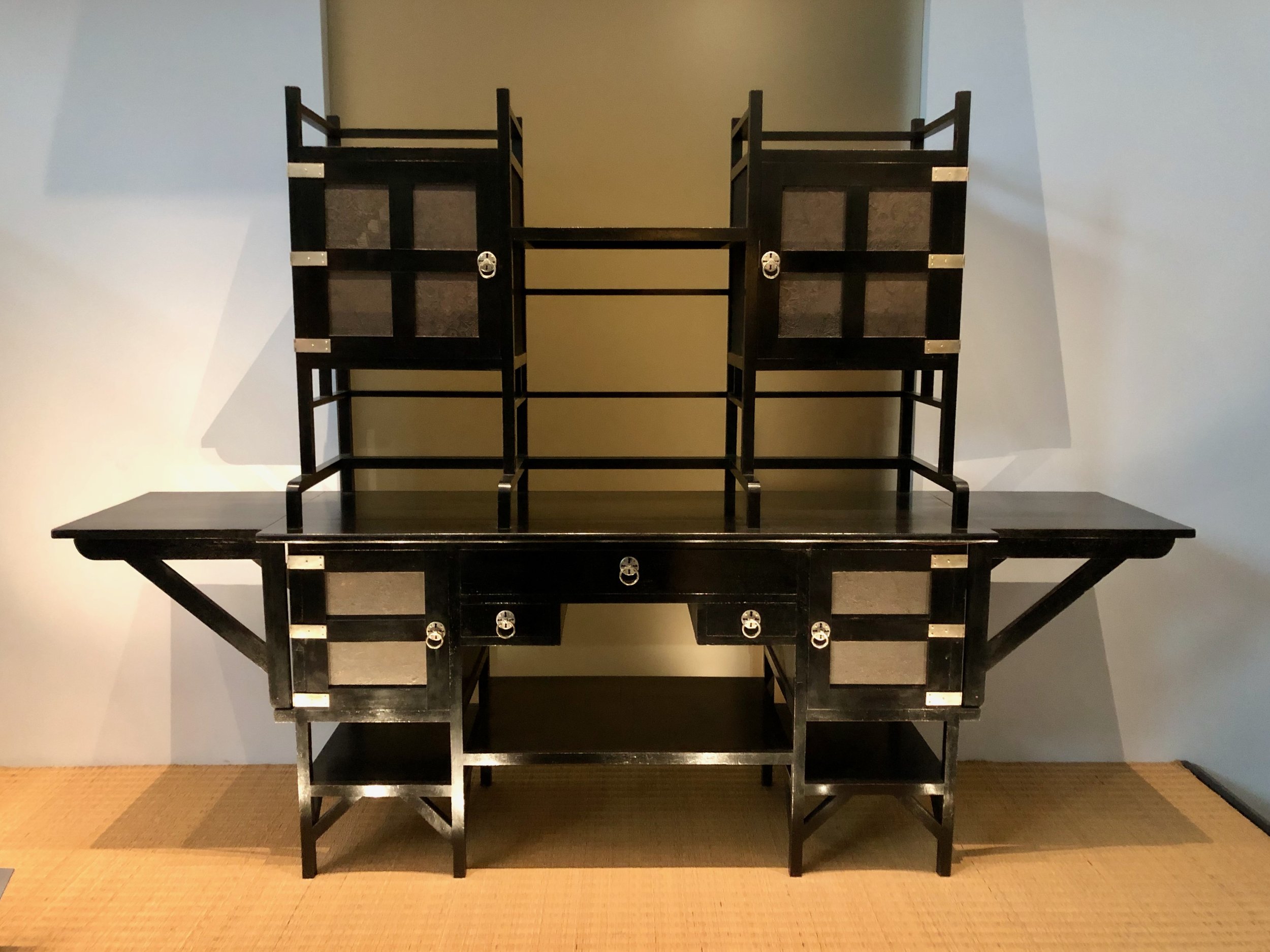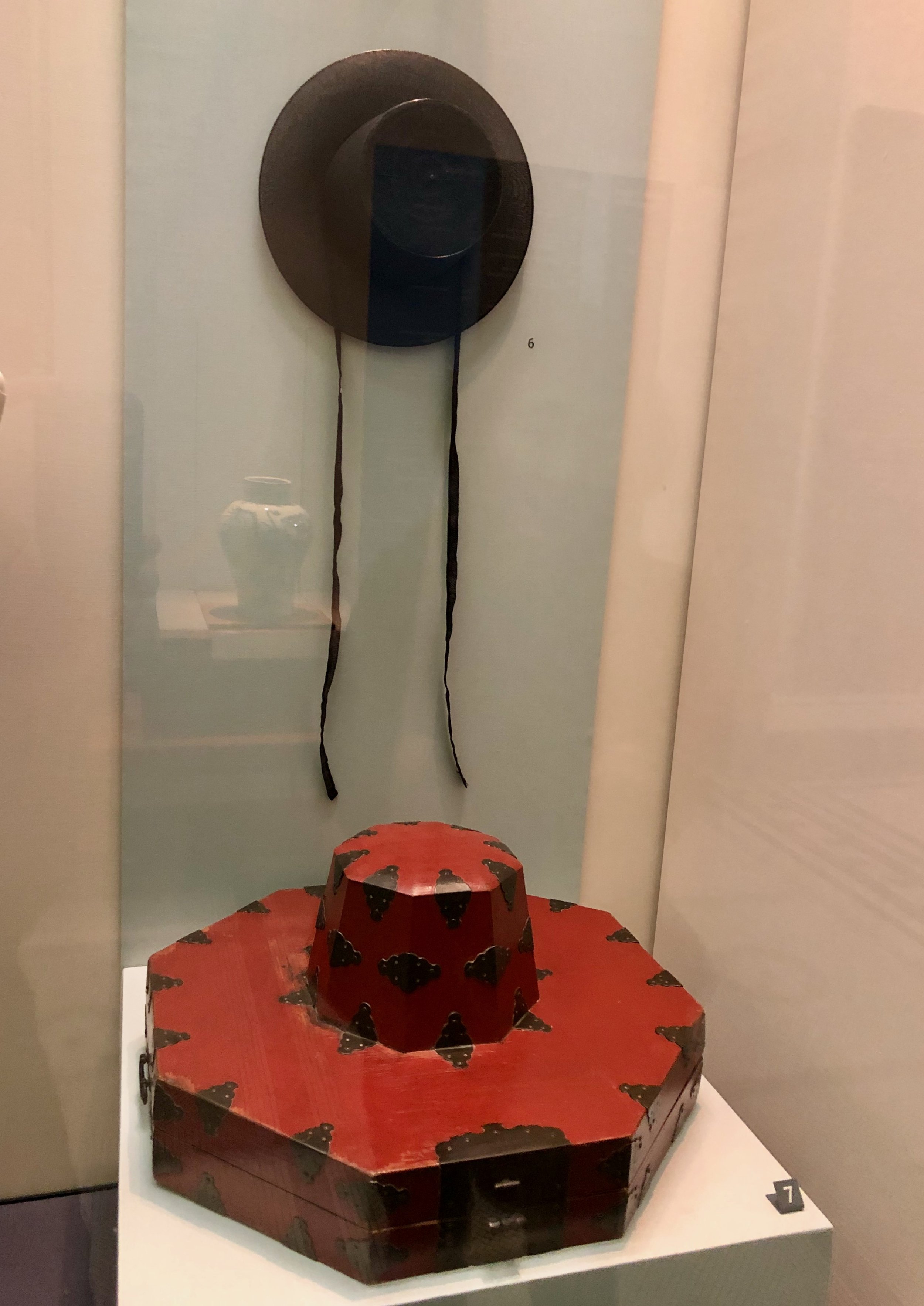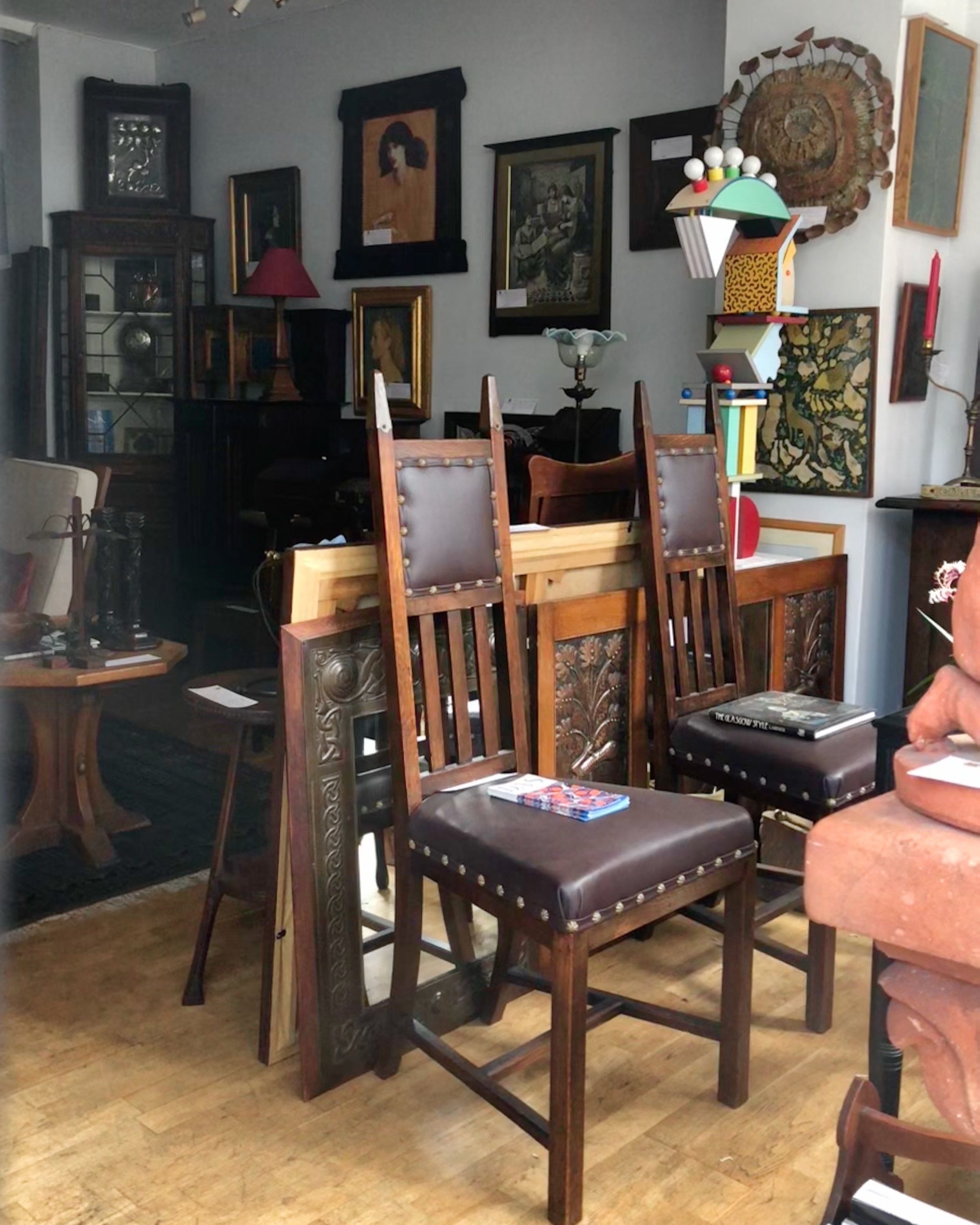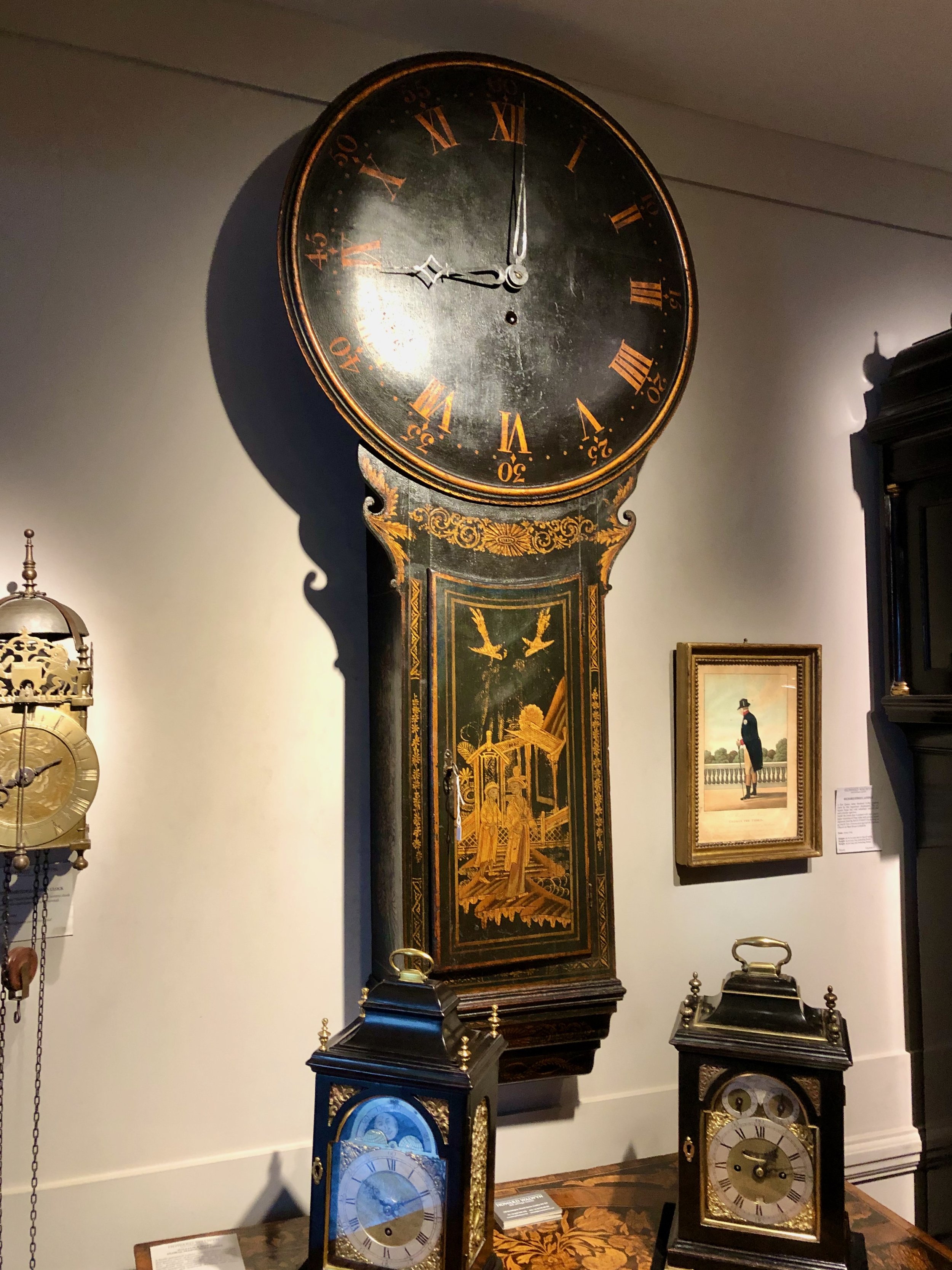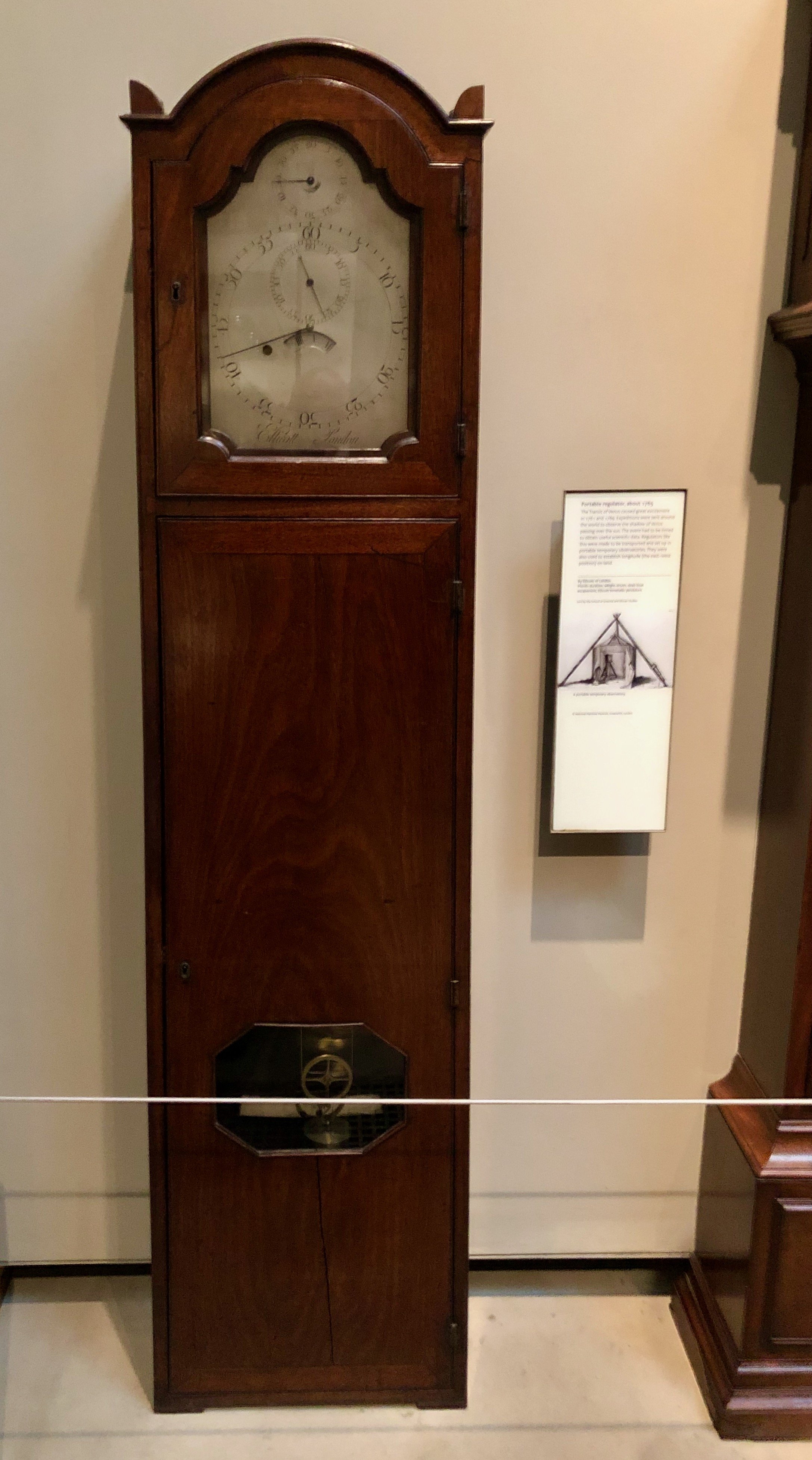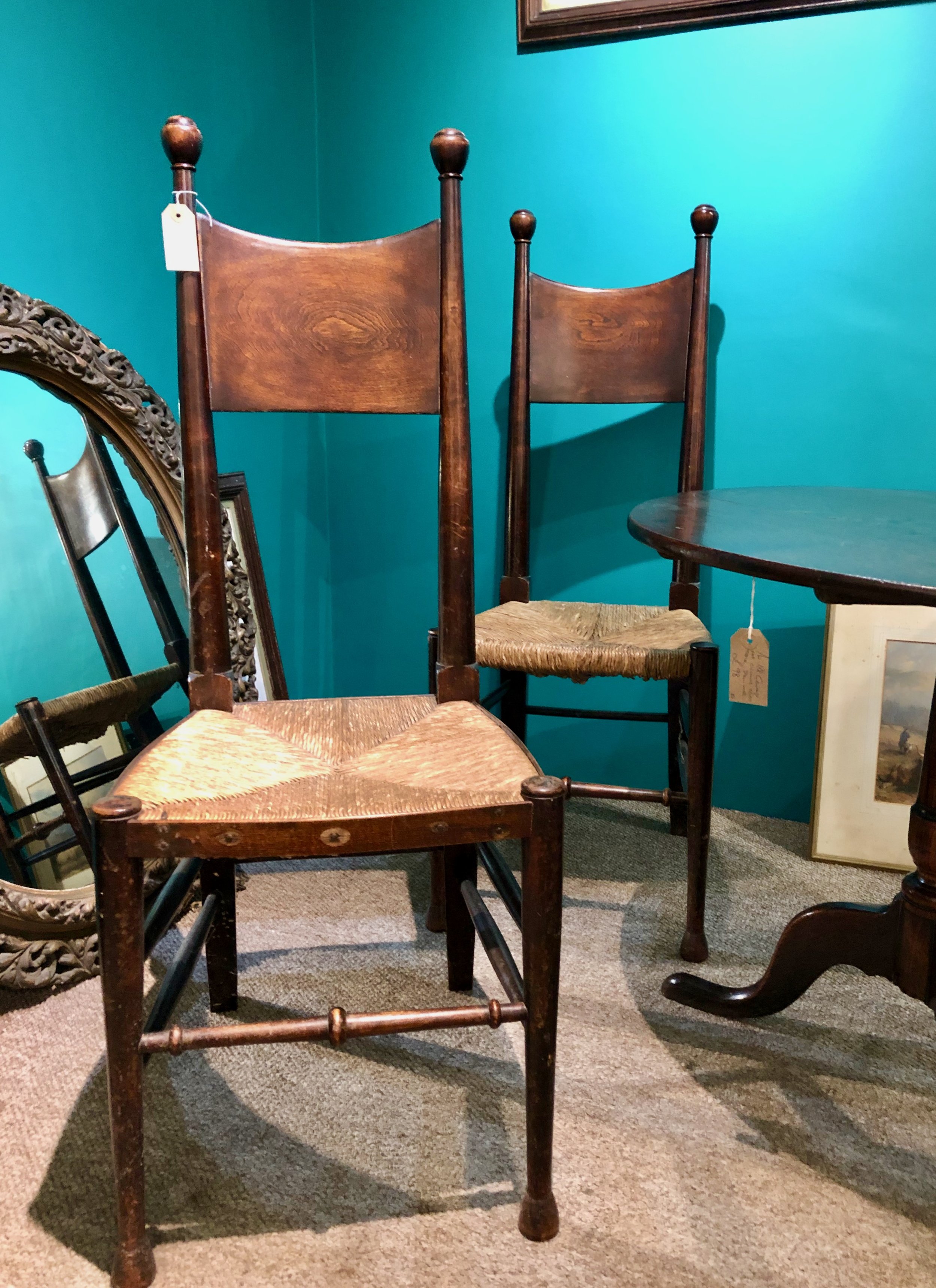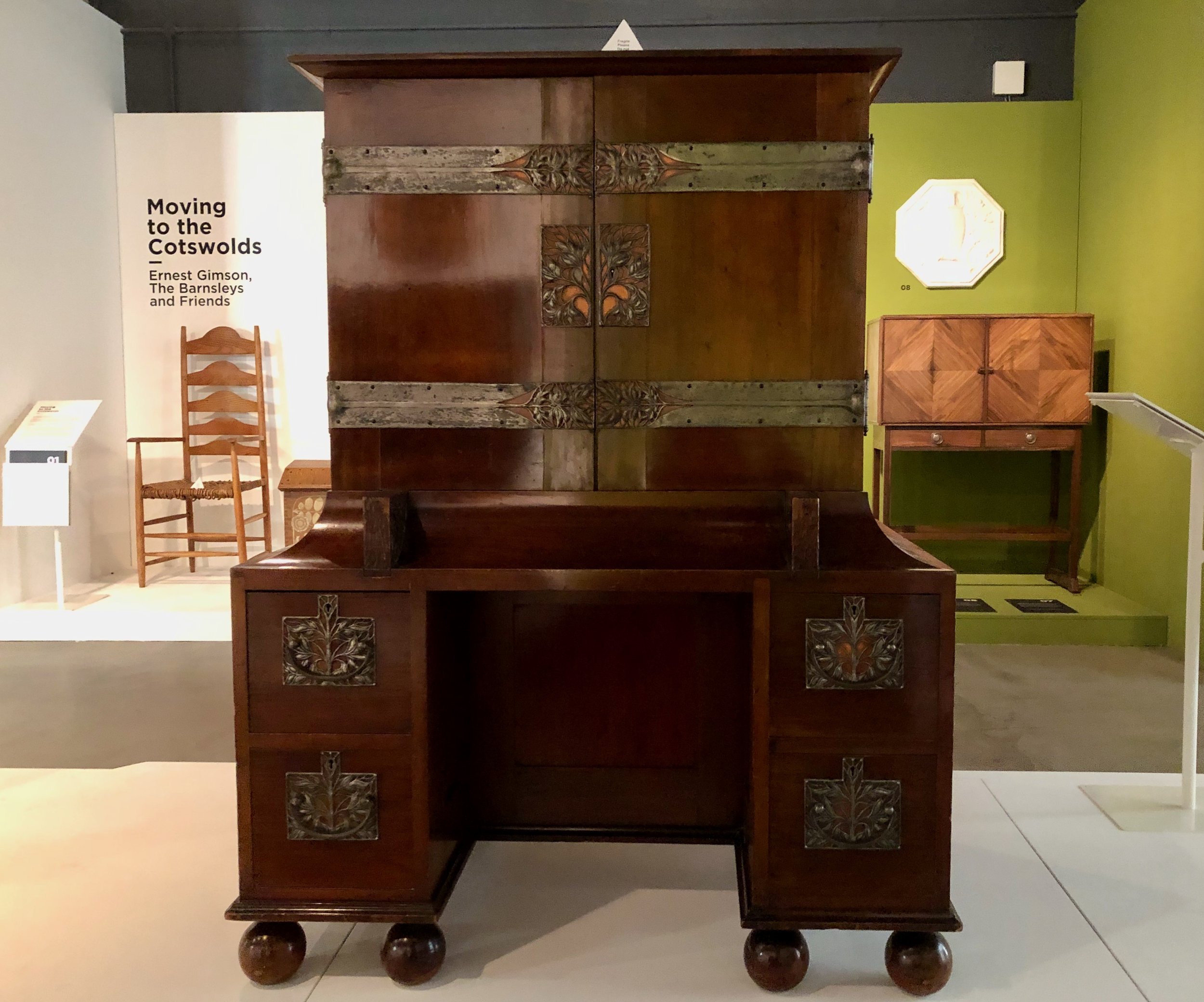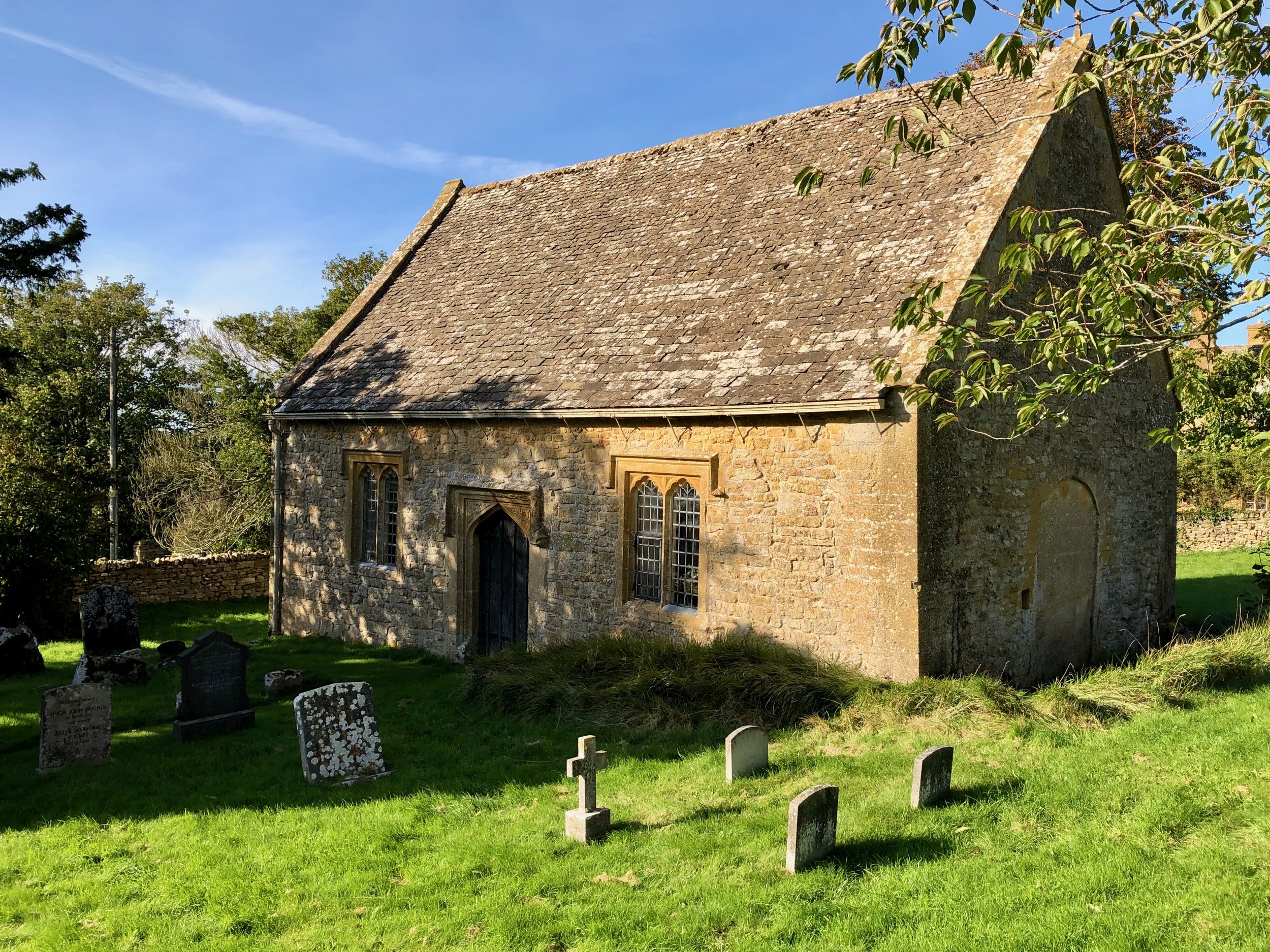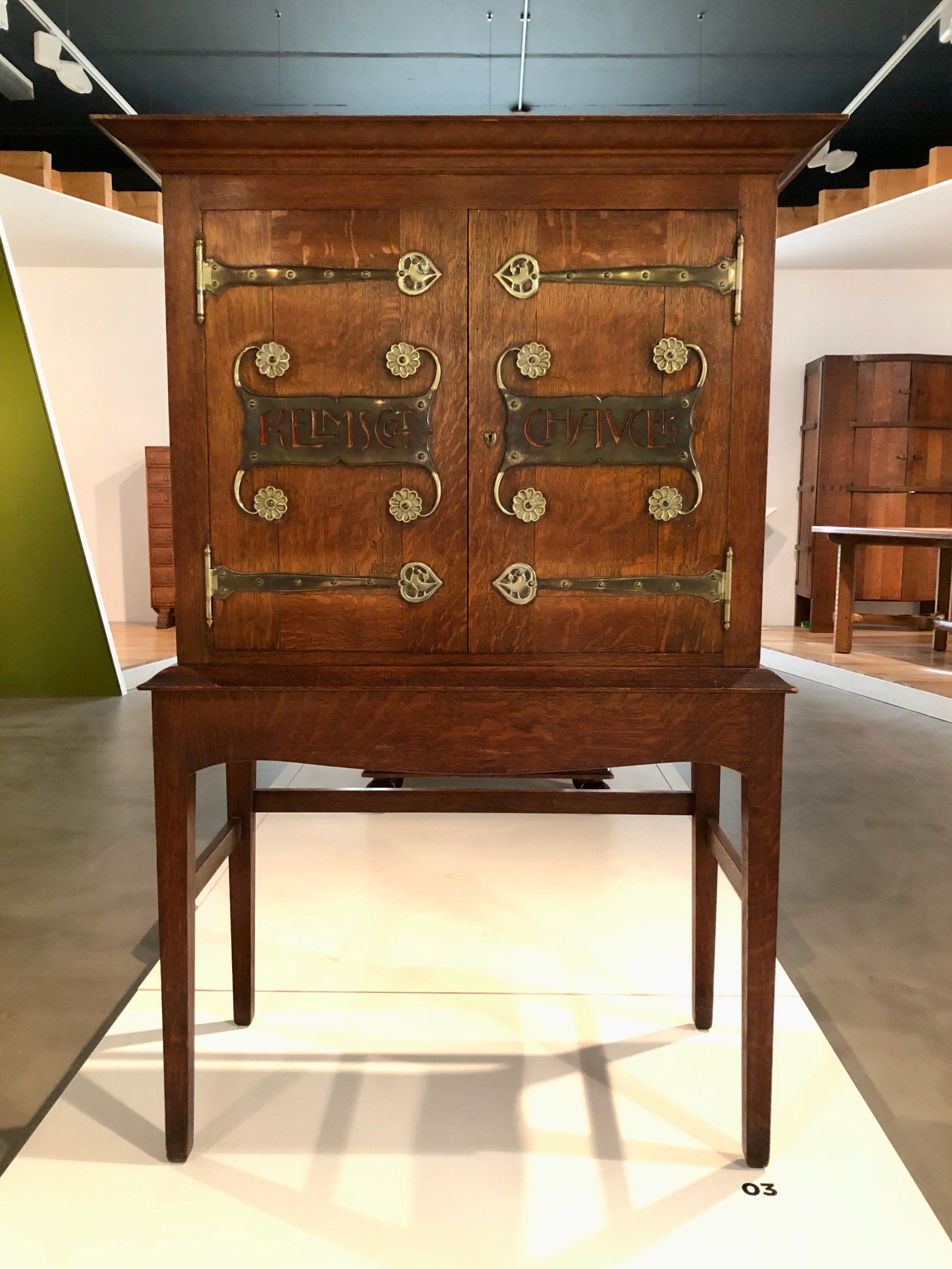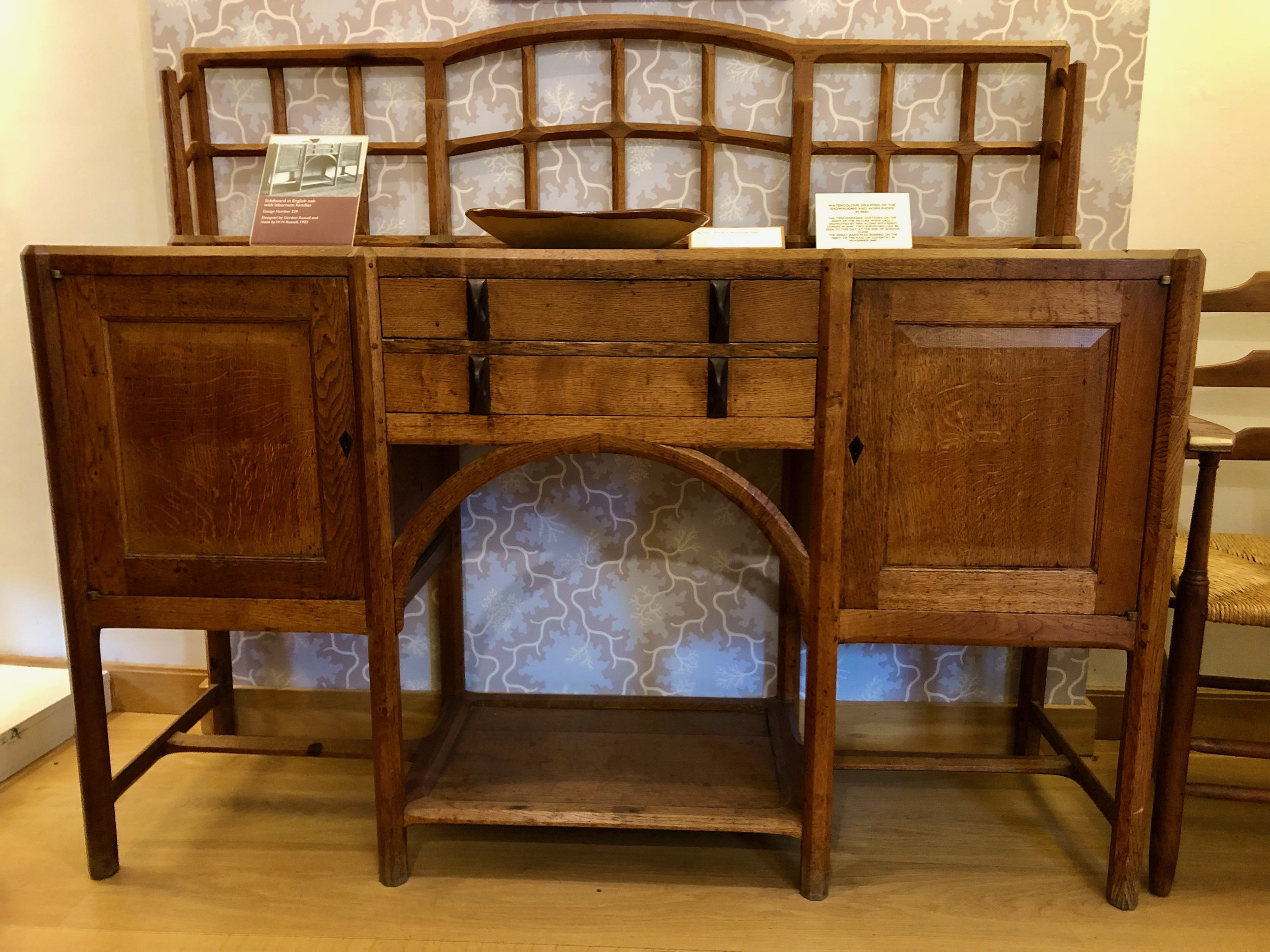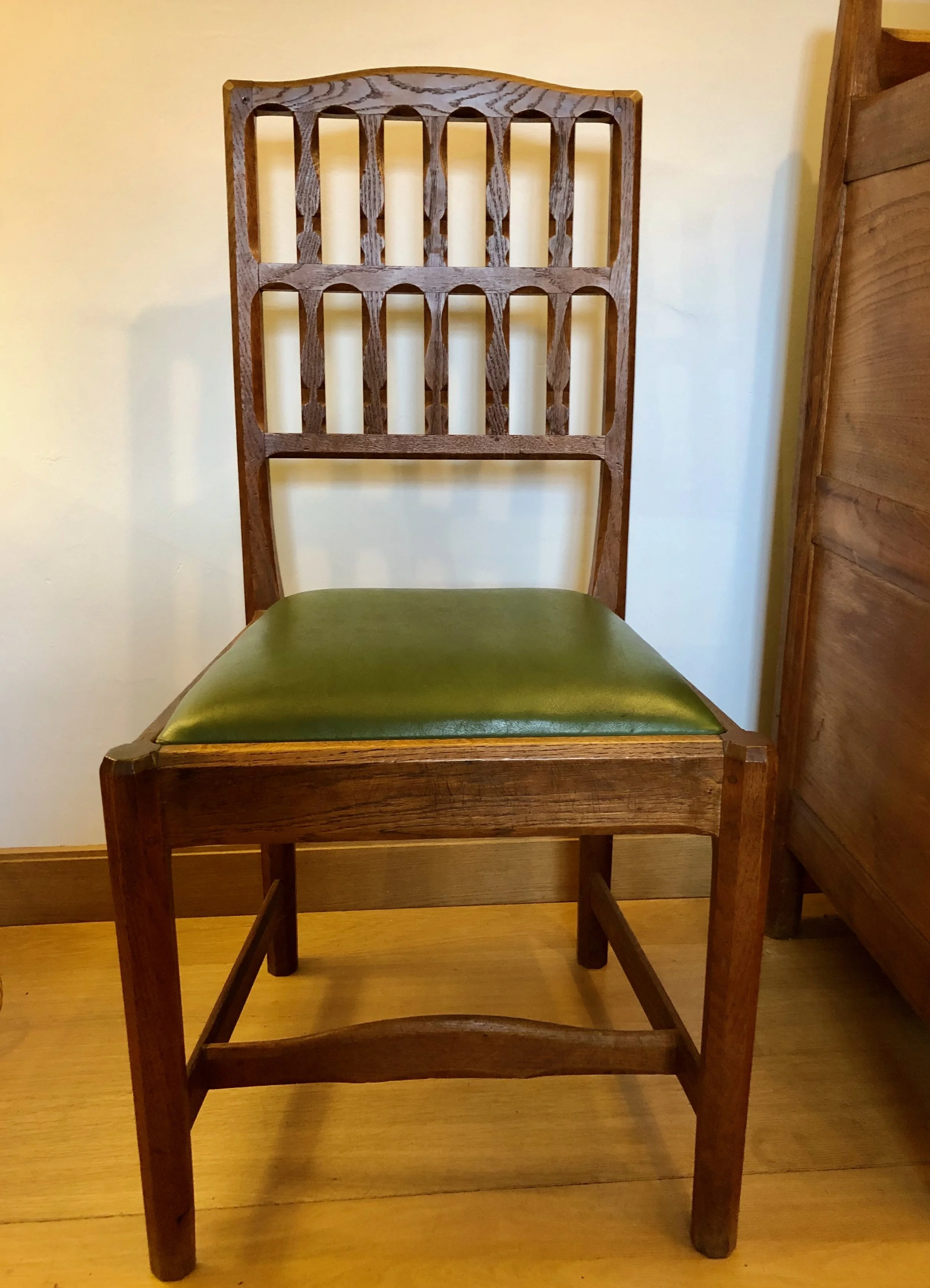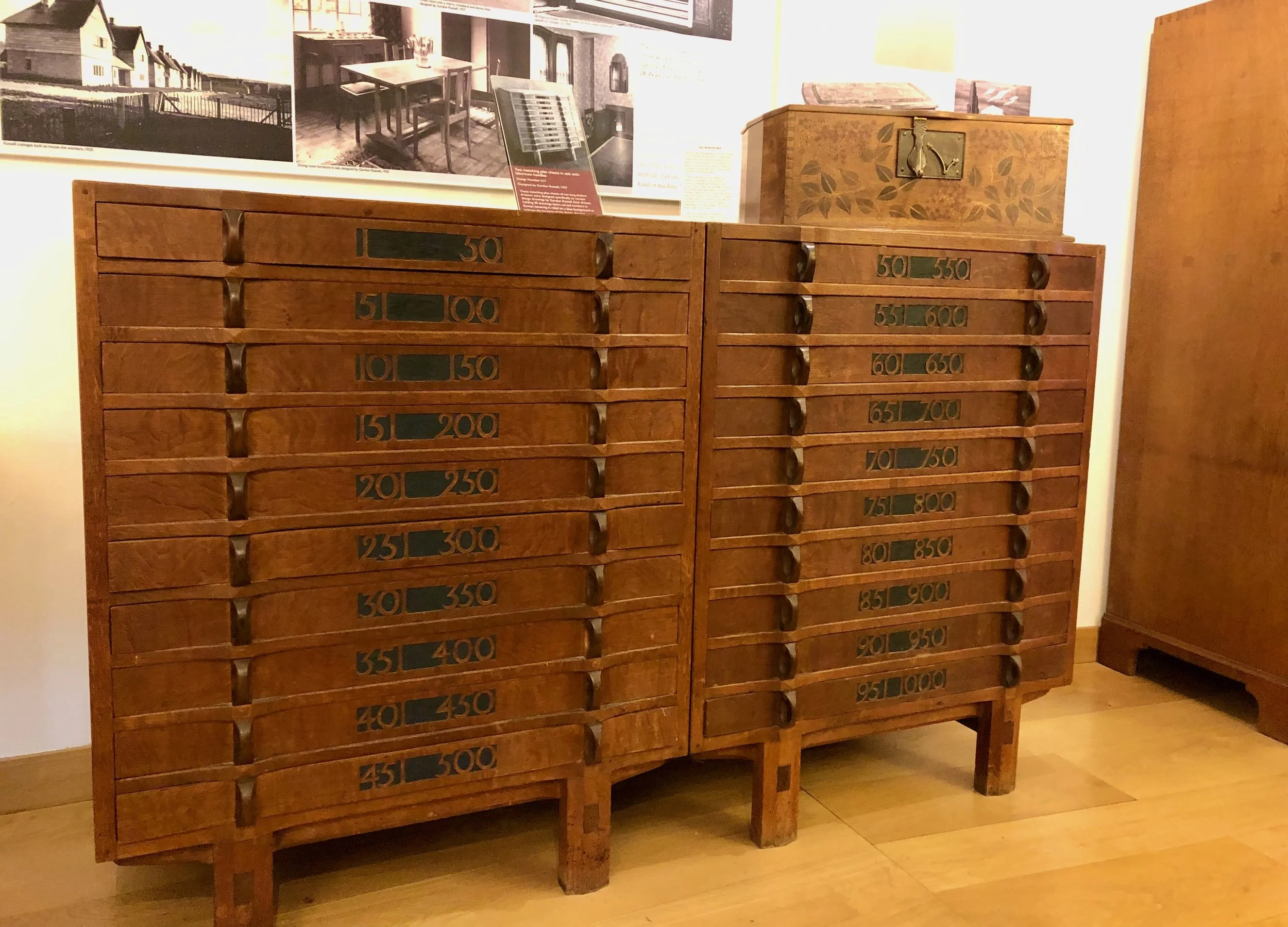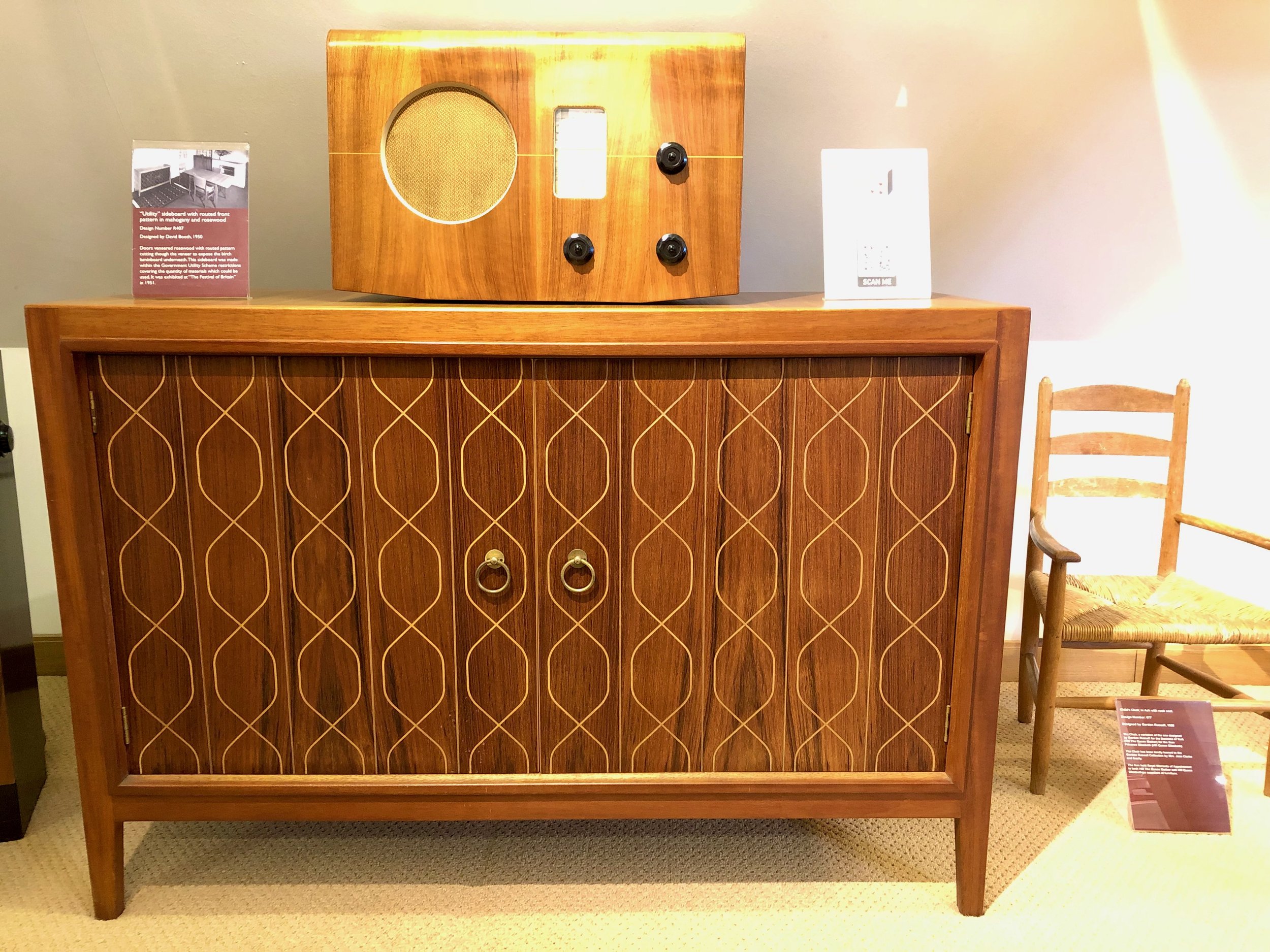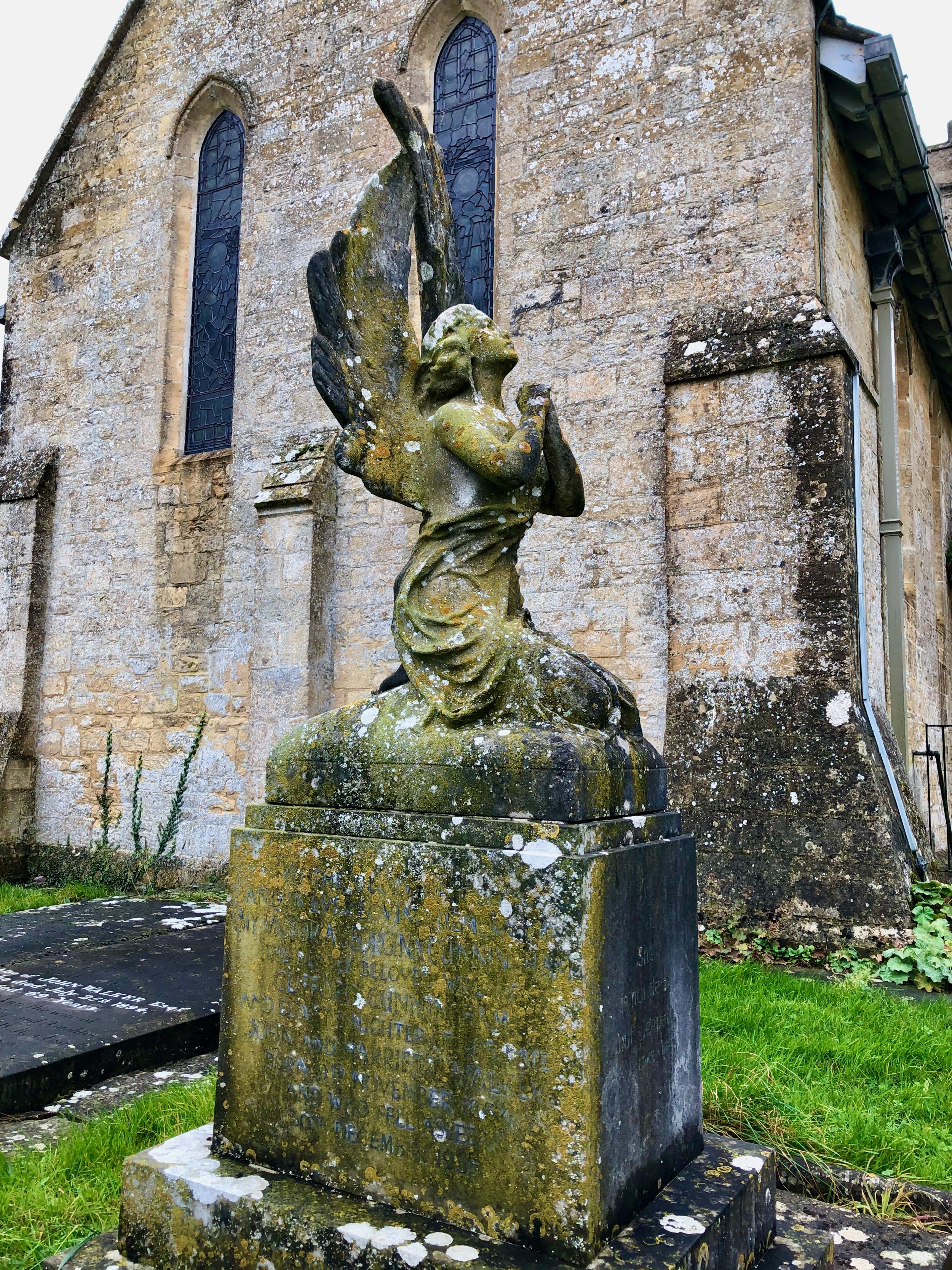Cotswolds Pilgrimage
“Rural England is too absolutely beautiful to be left out of doors - ought to be under a glass case.”
Mark Twain (1872)
I have to agree with Twain’s sentiments of 151 years ago and, in fact, there’s a lot about England that remains “too absolutely beautiful”. Let me show you.
Lately I have gone deep into Arts & Crafts - the movement and, in particular, the furniture. It started with an appreciation for the American, Gustav Stickley, and his Craftsman ideals. There’s certainly plenty for me to learn (and make) in this area but, interested to know the background for his work, I also sought out examples of earlier, English Arts & Crafts pieces. Hmm, I have to say that first impressions here did not enthuse. In general, I found these pieces to be unappealing and, if taste needs a reason, it seemed they possessed “too many notes”. In fairness, I was consulting art pieces and my naïve eye was hooked on square and functional forms, where wood, itself, was the decoration. Vive la difference! But then I read Nancy R. Hiller’s English Arts & Crafts Furniture and became devoted to the form. Nancy Hiller (1959-2022) was a remarkable artisan and insightful writer who used step-by-step reproductions of three iconic furniture pieces in her book to reveal both the Art and the Craft of turn-of-the-century English furniture. It’s an informative and compelling read.
A wonderfully enlightening book
Attracted by the furniture I subsequently became interested in the movement. That is, how was it that these novel forms became important, if not popular? Who designed/fashioned these objects during that brief, 30 year burst of creativity? And what were they trying to achieve? To be sure, there are larger questions in this world, but those were mine. Of course, the answers are all out there in biographies (my favored genre), and to start me off I found some good ones on John Ruskin and William Morris. I also became aware of other works that were either inaccessible or unaffordable, given their location in British bookshops. That predicament, on top of a simmering curiosity, sealed our next vacation destination. We were headed to England to feel the environment, to see the furniture, and to secure reference works of the Arts & Crafts period.
While there are several geographical areas (so-called “schools”) in Britain associated with Arts & Crafts furniture making from the period of ~1880-1910, a region known as the Cotswolds is, arguably, the most important. This magnificent region of rolling hills and villages has been home to humans for over 6,000 years. In fact, it is the largest designated Area of Outstanding Natural Beauty (AONB) in Britain, covering 787 sq. miles and a popular tourist spot for non-furniture lovers, as well.
The Cotswolds, located in England between London and Wales
While planning our trip, my wife and I had two primary destinations in mind: The Wilson Art Gallery and Museum in Cheltenham, which houses an important collection of Arts & Crafts furniture; and the villages in and around Chipping Campden, where several major designers of the Cotswold School worked. We were certain to happen upon other meaningful sites, but those were the anchors. Our trip began in London where destinations such as the Victoria and Albert Museum also beckoned. What follows is not a day-by-day journal, but just some captioned pictures, intended to give an appreciation for the area, the furniture (and the clocks). I hope you find them interesting.
The original adjustable “Morris Chair” designed by Phillip Webb. Copied by many, and catapulted to stardom by Gustav Stickley; this is an important early piece. (Victoria & Albert Museum)
Magnificent chair, desk, clock and river rug by C.F.A. Voysey (V&A)
High-backed chair by Charles Rennie Mackintosh of the Glasgow School (V&A)
Frank Lloyd Wright chairs, likely influenced by Mackintosh and other Arts & Crafts designers(V&A)
Sideboard by E.W. Godwin. While striking, it represents a gaudy crescendo to the Aesthetic movement, where ornamentation served no other purpose, that pre-dated Arts & Crafts (V&A)
Korean horse hair gat (hat) and box from the late Joseon dynasty. The lacquered bamboo box is as beautifully crafted as the furniture from this period. (V&A)
Scene through the window at Hill House Antiques, in Kensington which was unexpectedly closed when we visited.
Japanese inspired Tavern Clock from among the many amazing pieces for sale at Howard Walwyn Fine Antique Clocks in Kensington.
The British Museum has an extraordinary collection of important clocks, including this “portable” regulator case clock, taken across the world in the late 1700’s and set up in a field to time an eclipse event.
— intermezzo 1 —
Sharing The Cotswold Way, a scenic 102 mile footpath that skirted our B&B, stretching from Chipping Campden to Bath
A couple interesting chairs found “in the wild” at the Winchcombe Antiques Centre
Left to Right:
Bookcase and desk by C.F.A. Voysey; Chair by (I do not recall); Music cabinet by Benson and Sumner (Wilson Museum and Art Gallery, Cheltenham)
Portion of a coffer by Earnest Gimson. Reportedly, he was in the process of applying the white gesso prior to painting when he passed away. (Wilson)
Settee by Sidney Barnsley (Wilson)
Cabinet with exquisite metalwork by Charles Robert Ashbee. Along with Gimson and the Barnsleys, above, Ashbee was an important Cotswold designer who worked in Chipping Campton, Gloucestershire. (Wilson)
Piano by C.R. Ashbee (Wilson)
— intermezzo 2 —
St. Faith’s Chapel, in the village of Farmcote, Gloucestershire, just down the lane from our B&B.
A volume from the Works of Chaucer designed and printed by William Morris at the Kelmscott Press (Wilson)
Cabinet designed to house the Kelmscott Chaucer works by C.F.A. Voysey (Wilson)
Dresser by Ambrose Heal (Wilson)
— intermezzo 3 —
The eponymous Ebrington Arms, that lovely village’s pub in a building that dates back to 1610 was our home for the final leg of the trip
At the Gordon Russell Design Museum, once part of his furniture manufacturing workshops in the picturesque village of Broadway, Worcestershire.
Dresser No. 229 by Gordon Russell (GRDM)
The Paris Cabinet No. 157 by G. Russell. It was awarded the Gold Medal at the Paris Exposition in 1925.
Chair No. 280 by G. Russell with beautifully executed chamfering, typical of the Cotswold School.
Two Document Chests No. 617 where Russell kept all of his numbered drawings, with Glove Box No. 495 on top (GRDM)
Sideboard and radio case by G. Russell. This sideboard, an icon of mid-century modern furniture, is sometimes called “the double helix” but since it was designed in 1951, two years before Watson & Crick’s DNA structure, I think that is an attribution in retrospect.
I know what you’re thinking, “Please make it stop.”
Scene from the churchyard at Saint Micheal’s and All Angels Church, Guiting Power, Gloucestershire
OK, I will.
I’ll just close by saying that, in addition to the “too absolutely beautiful” sights, this was an inspiring trip for me as a maker. To see the important Arts & Crafts furniture pieces in their own land is to capture them in a way that will last a lifetime. iPhone pictures taken within cramped museum spaces cannot do the job, but they at least serve as reminders. The gorgeous Cotswolds, their charming villages and friendly people surely influenced the furniture designed there, and they also made our trip a smashing success. I even got my reference books!
Lasting inspiration!


